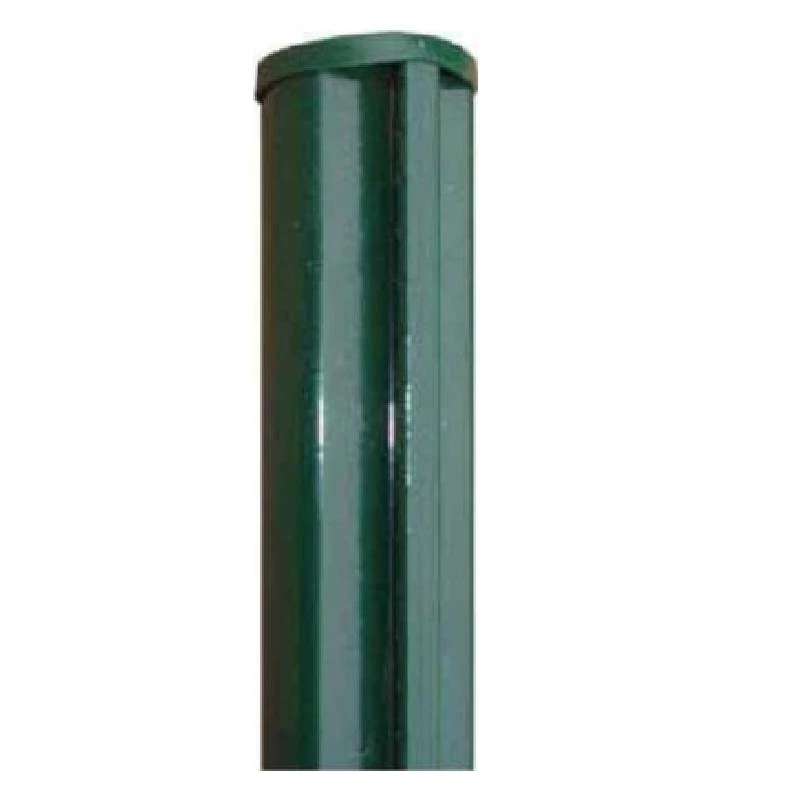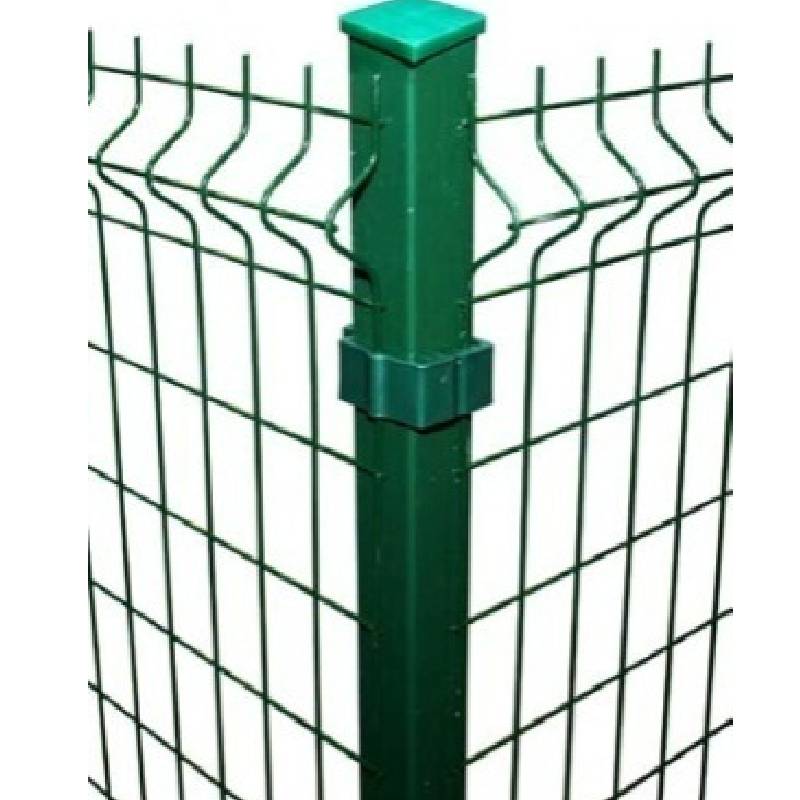-
E-mailem:zhao@hyliec.cn
-
Tel:+86 311 85273988
-
WhatsAPP:8613931128750
-
 Afričan
Afričan -
 albánský
albánský -
 amharština
amharština -
 arabština
arabština -
 arménský
arménský -
 ázerbájdžánský
ázerbájdžánský -
 baskický
baskický -
 běloruský
běloruský -
 bengálský
bengálský -
 bosenský
bosenský -
 bulharský
bulharský -
 katalánština
katalánština -
 Cebuano
Cebuano -
 Korsičan
Korsičan -
 chorvatský
chorvatský -
 čeština
čeština -
 dánština
dánština -
 holandský
holandský -
 Angličtina
Angličtina -
 esperanto
esperanto -
 estonština
estonština -
 finština
finština -
 francouzština
francouzština -
 fríský
fríský -
 galicijský
galicijský -
 gruzínský
gruzínský -
 Němec
Němec -
 řecký
řecký -
 Gudžarátština
Gudžarátština -
 haitská kreolština
haitská kreolština -
 hausa
hausa -
 havajský
havajský -
 hebrejština
hebrejština -
 ani náhodou
ani náhodou -
 Miao
Miao -
 maďarský
maďarský -
 islandský
islandský -
 igbo
igbo -
 indonéština
indonéština -
 irština
irština -
 italština
italština -
 japonský
japonský -
 jávský
jávský -
 Kannada
Kannada -
 kazašský
kazašský -
 khmerské
khmerské -
 Rwandské
Rwandské -
 korejština
korejština -
 kurdština
kurdština -
 kyrgyzština
kyrgyzština -
 TBC
TBC -
 latinský
latinský -
 lotyšský
lotyšský -
 litevský
litevský -
 lucemburský
lucemburský -
 makedonský
makedonský -
 Malgashi
Malgashi -
 malajština
malajština -
 malajálamština
malajálamština -
 maltština
maltština -
 maorští
maorští -
 maráthština
maráthština -
 mongolský
mongolský -
 Myanmar
Myanmar -
 nepálský
nepálský -
 norský
norský -
 norský
norský -
 okcitánština
okcitánština -
 paštština
paštština -
 Peršan
Peršan -
 polština
polština -
 portugalština
portugalština -
 pandžábština
pandžábština -
 rumunština
rumunština -
 ruština
ruština -
 Samoan
Samoan -
 skotská gaelština
skotská gaelština -
 srbština
srbština -
 Angličtina
Angličtina -
 Shona
Shona -
 Sindhi
Sindhi -
 sinhálština
sinhálština -
 Slovák
Slovák -
 slovinský
slovinský -
 somálský
somálský -
 španělština
španělština -
 sundánština
sundánština -
 svahilština
svahilština -
 švédský
švédský -
 Tagalog
Tagalog -
 tádžický
tádžický -
 tamilština
tamilština -
 Tatar
Tatar -
 telugština
telugština -
 thajština
thajština -
 turečtina
turečtina -
 turkmenský
turkmenský -
 ukrajinština
ukrajinština -
 Urdu
Urdu -
 ujgurské
ujgurské -
 uzbecký
uzbecký -
 vietnamština
vietnamština -
 velština
velština -
 Pomoc
Pomoc -
 jidiš
jidiš -
 jorubština
jorubština -
 Zulu
Zulu
Sloupek oplocení
What Type Of Fence Post Is Best?
The best type of fence post depends on various factors such as the type of fence, local climate, soil conditions, and personal preferences. Common options for fence posts include:
1. Round steel posts: Round steel posts are a traditional and versatile choice, suitable for various fence types. They can be treated to resist rot and decay, but may require maintenance over time.
2. Square steel posts and rabbet posts offer durability and strength, making them suitable for supporting heavy or high-security fences. They are resistant to rot and insect damage.
3. Steel round posts/ square posts/ rabbet with base plate: They are suitable to install on the concrete ground, and fixed by concrete nails.
What Size Is A Fence Post?
Fence posts come in various sizes, typically having Φ32 Φ34 Φ38 Φ48 Φ60 Φ80 for round steel posts and 40x40 60x60 40x60 60x60 80x80 100x100 etc for square tube posts in dimension. The specific size of a fence post depends on the type of fence being installed, the height and weight of the fence panels, and the local building codes or regulations. It's important to select the appropriate size of fence post to ensure stability and structural integrity for the specific fencing project. Consulting with a professional or referring to local building codes can provide guidance on the recommended size of fence posts for a particular application.
Fence Post FAQ:
What type of fence post is best?
The best type of fence post depends on various factors such as the type of fence, local climate, soil conditions, and personal preferences. Common options for fence posts include round steel posts, square steel posts and rabbet steel posts, posts with base plate or without base plate. Each type has its own advantages and considerations, so it's important to choose the most suitable option based on the specific requirements of the fence project.
What size is a fence post?
Fence posts come in various sizes, typically typically having Φ32 Φ34 Φ38 Φ48 Φ60 Φ80 for round steel posts and 40x40 60x60 40x60 60x60 80x80 100x100 etc for square tube posts in dimension. The specific size of a fence post depends on the type of fence being installed, the height and weight of the fence panels, and local building codes or regulations. It's important to select the appropriate size of fence post to ensure stability and structural integrity for the specific fencing project.
How to install a panel fence?
Paneling a fence involves several steps, including measuring and planning, installing the posts, attaching the panels, adding finishing touches, and performing regular maintenance. It's important to follow the manufacturer's instructions and local building codes when paneling a fence to ensure proper installation and compliance with regulations. If in doubt, it's advisable to consult with a professional or seek guidance from experienced individuals.






